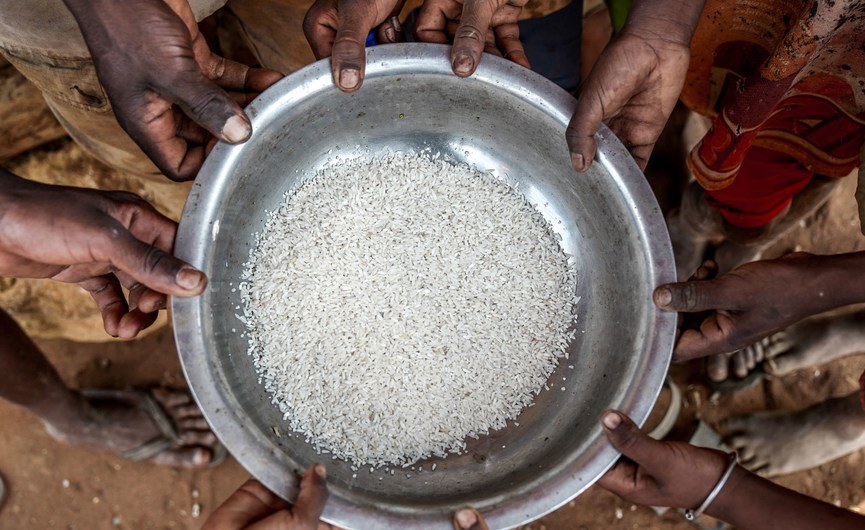Millions of people in Somalia are facing worsening food insecurity as humanitarian aid declines, a new United Nations report has warned.
The Integrated Food Security Phase Classification (IPC) analysis, released on Monday, projects that between April and June 2025, nearly 4.6 million people will experience acute food insecurity, an increase from previous estimates.
The report indicates that 784,000 people are expected to be in emergency conditions, while 3.8 million will be in crisis situations.
These numbers mark a deterioration compared to earlier projections, which estimated that 4.4 million people would be affected during the same period.
Several factors are contributing to the worsening crisis, including poor rainfall during the Gu season, rising food prices, and ongoing conflict and insecurity.
The Gu is Somalia's primary rainy season, occurring from April to June.
Areas such as Banadir, Baydhaba, and Luuq are among the most affected by these challenges.
“This increase in food insecurity is directly related to reduced humanitarian funding, which has significantly impacted aid delivery to vulnerable populations,” the IPC report states.
According to the findings, reduced funding has led to a sharp decline in the availability of food and cash assistance, particularly for internally displaced persons (IDPs).
Many of these individuals are already struggling with displacement caused by drought and conflict.
The report estimates that over 230,000 new IDPs will be displaced between April and June due to conflict and environmental conditions.
The International Organisation for Migration (IOM) and the Danish Refugee Council (DRC) have also reported an increase in displacement in areas such as Hargeysa, Buuhoodle, and Borama due to rising violence and environmental pressures.
Children are particularly at risk, with an estimated 1.8 million children under five expected to suffer from acute malnutrition.
This figure marks a rise from the earlier projection of 1.7 million, with the deterioration attributed to the suspension of feeding programs and health services in 16 districts.
Areas such as Guban and Addun pastoral zones are expected to see severe malnutrition levels, with some regions moving from serious to critical conditions.
“Health facility closures, the suspension of therapeutic feeding programs, and the reduced coverage of essential services due to funding cuts are expected to lead to a significant increase in child mortality and malnutrition,” the report warns.
The lack of access to safe water and sanitation services is compounding the crisis, increasing the risk of waterborne diseases, and placing additional strain on vulnerable communities.
With ongoing conflict and environmental challenges, Somalia faces an uncertain future unless international aid efforts are ramped up to meet both immediate and long-term needs.

